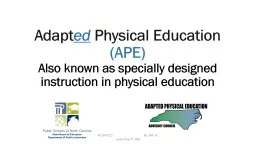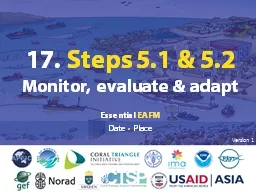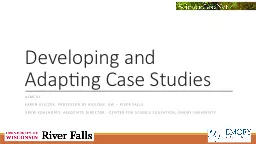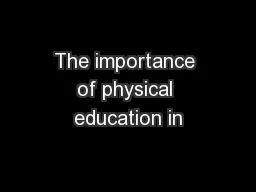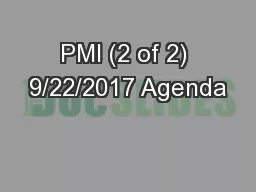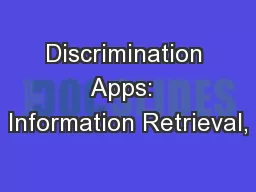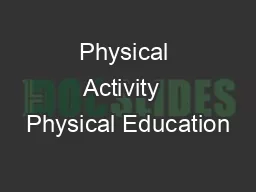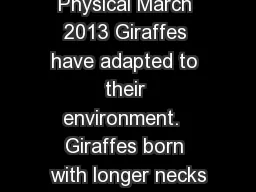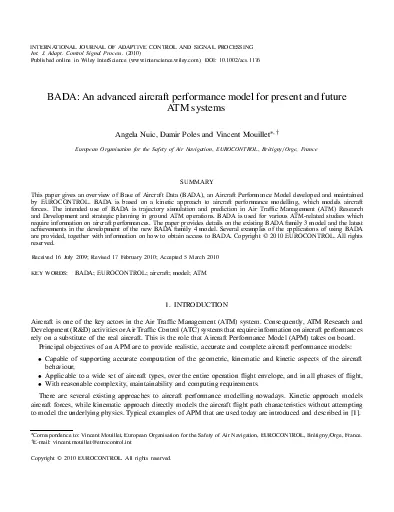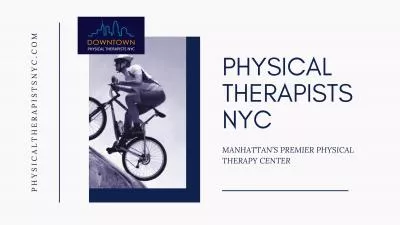PPT-Adapt ed Physical Education
Author : karlyn-bohler | Published Date : 2018-11-07
APE Also known as specially designed instruction in physical education NC DPI ECD NCAPEAC Laurie Ray PT PhD Pop Quiz Top 10 List of Most Common Misconceptions about
Presentation Embed Code
Download Presentation
Download Presentation The PPT/PDF document "Adapt ed Physical Education" is the property of its rightful owner. Permission is granted to download and print the materials on this website for personal, non-commercial use only, and to display it on your personal computer provided you do not modify the materials and that you retain all copyright notices contained in the materials. By downloading content from our website, you accept the terms of this agreement.
Adapt ed Physical Education: Transcript
Download Rules Of Document
"Adapt ed Physical Education"The content belongs to its owner. You may download and print it for personal use, without modification, and keep all copyright notices. By downloading, you agree to these terms.
Related Documents

